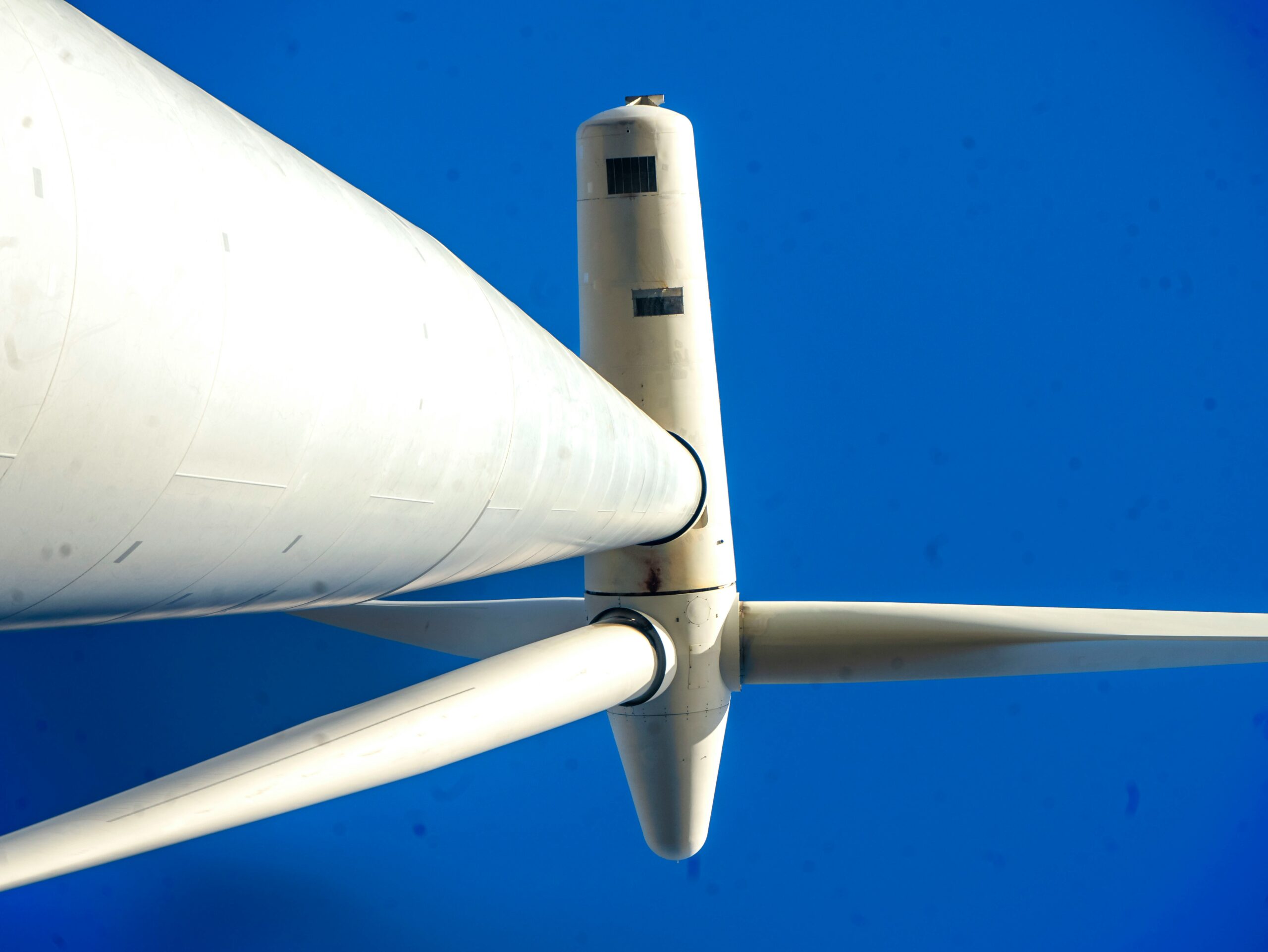Photo by Mario Ame
The Dutch government has announced a major policy reversal, allocating approximately €1bn in subsidies for offshore wind farm development after temporarily halting tenders in May due to deteriorating market conditions. The move aims to support construction of 2GW of new offshore wind capacity and prevent the renewable energy sector from stalling.
Deputy Prime Minister and Minister of Climate Policy and Green Growth Sophie Hermans warned that “without intervention, the rollout of wind farms is at risk of grinding to a halt.” She described the new Offshore Wind Energy Action Plan as offering “additional support for the sector in the coming period.”
Industry pressure forces government u-turn
The subsidy reintroduction comes after developers like Eneco and Ørsted stated they would not apply to tenders without subsidies, forcing the government to delay auctions for the IJmuiden Ver Gamma-A and Gamma-B offshore wind sites that were originally planned for September.
Climate and Green Growth Minister Mariëlle Paul-Hermans acknowledged the challenging market conditions: “Across Europe and the world, the sector is facing rising costs, higher interest rates, and uncertainty over demand. Without intervention, the rollout of offshore wind risks coming to a halt.”
The government had previously eliminated subsidies for offshore wind tenders as developers competed for sites without requiring state aid, but rising construction costs of 30-40% in recent years have fundamentally changed the economics of offshore wind development.
Comprehensive action plan targets supply and demand
The Offshore Wind Energy Action Plan sets out a two-pronged strategy focusing on both stimulating offshore wind construction and boosting electricity demand. Nearly €1bn will be drawn from the national Climate Fund to support 2GW of new offshore wind farms next year.
In addition to direct subsidies, the government is extending the Indirect Cost Compensation scheme (IKC-ETS) for industry until 2028, allocating €150m to keep electricity prices competitive and improve the business case for future offshore wind projects.
Paul-Hermans explained that the plan “offers stability for the sector in the near term and lays out measures that the next cabinet can build upon.”
Contracts for difference on horizon
Looking beyond immediate subsidies, the government is preparing legislation to introduce Contracts for Difference (CfD), similar to the UK model, under which wind farm operators would receive subsidies when market revenues fall below a threshold and pay back to the state when electricity prices are high.
The CfD scheme is intended as a longer-term solution, with the Climate Ministry working on implementation potentially by 2027, pending legislative amendments. The current subsidy revival is described as a temporary measure to bridge the gap until CfDs are operational.
Ambitious targets scaled back amid challenges
The subsidy reintroduction comes as the Netherlands has already scaled back its renewable energy ambitions due to market pressures. Last year, the country delayed its goal to expand offshore wind capacity from 4.7GW to 21GW to the end of 2032, rather than 2030, citing increased costs and supply chain challenges.
More significantly, the Dutch Ministry of Climate and Green Growth revised the country’s offshore wind energy capacity targets this July, stepping back from the ambition of achieving 50GW by 2040 and raising questions about the feasibility of the 70GW target for 2050.
Infrastructure optimisation measures
The action plan also includes measures to maximise existing infrastructure investment. The government is investigating whether the future Ten Noorden van de Waddeneilanden wind farm can be incorporated into the Doordewind wind energy zone, which would lead to higher revenues per turbine and better utilisation of infrastructure.
Additional measures include creating a guarantee fund to support long-term power purchase agreements and potentially extending construction deadlines for wind developers to provide greater project certainty.
Immediate tender plans continue
Despite the broader policy changes, the Netherlands plans to proceed with the tender for the 1GW Nederwiek I-A site, located 95 kilometres from the west coast of Texel, scheduled to launch on 16 October.
The move reflects the government’s recognition that offshore wind remains essential as “the only way to generate large amounts of green energy in the short term” as electricity demand continues to increase.
The Dutch policy reversal highlights broader challenges facing the European offshore wind sector, where rising costs, supply chain constraints, and uncertain market conditions are forcing governments across the region to reconsider their approaches to supporting renewable energy development.
